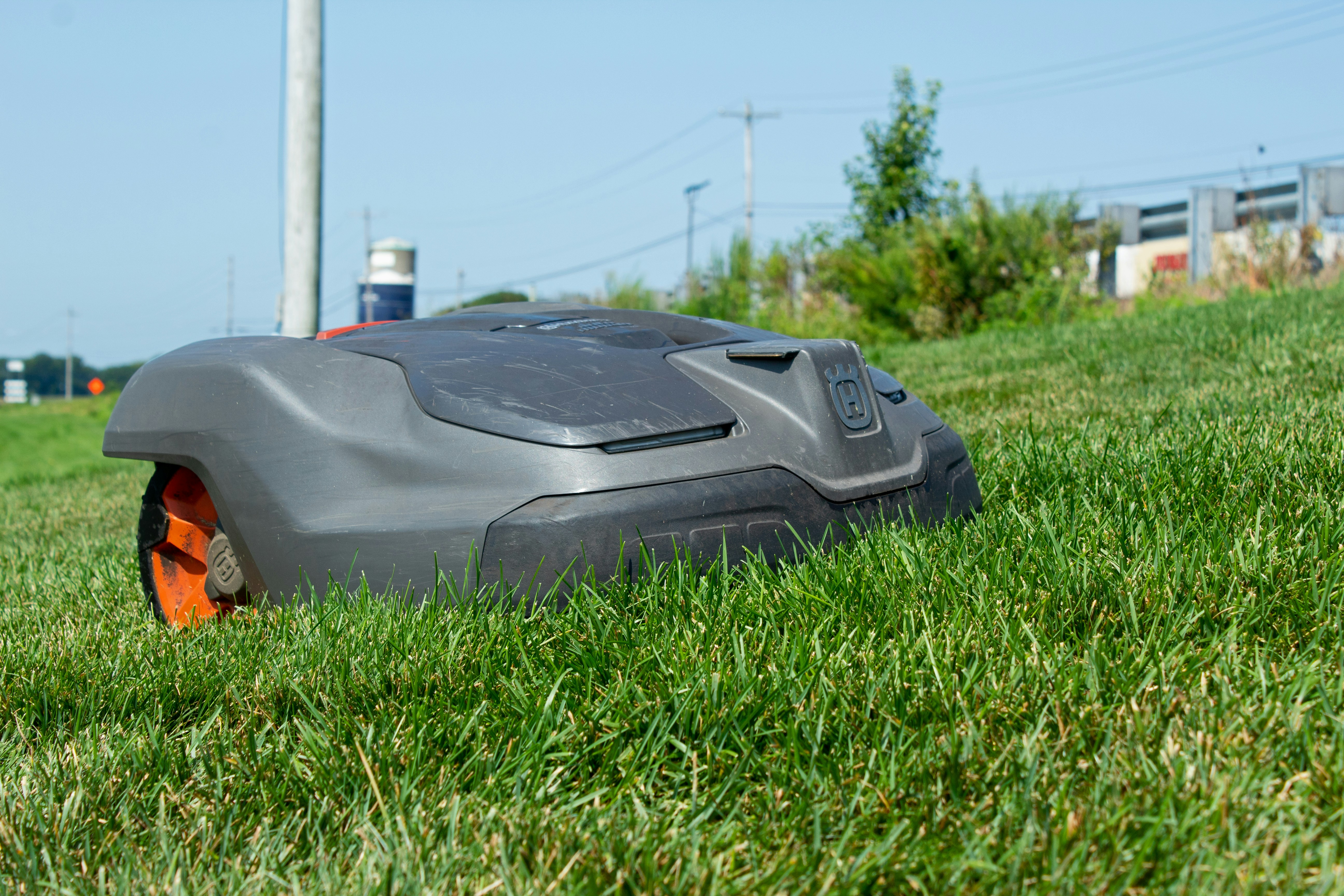The Evolution of Electric Lawn Equipment
The origins of electric lawn equipment can be traced back to the late 19th and early 20th centuries, when the first electrically powered garden tools began to emerge. Initially, these tools were designed for small-scale residential use, with limited power and efficiency compared to their gas-powered counterparts. However, as the demand for more convenient and environmentally friendly gardening solutions grew, significant advancements in electric technology began to surface.
One of the most notable developments came in the 1970s and 1980s with the introduction of improved battery technology. The transition from lead-acid batteries to nickel-cadmium and later lithium-ion batteries marked a turning point for electric lawn tools. Lithium-ion batteries, in particular, offered higher energy density, longer run times, and shorter charging periods, which greatly enhanced the usability of electric devices for prolonged tasks such as mowing or trimming. This innovation allowed electric lawn equipment to not only compete with but also surpass the performance of gas-powered tools in specific applications.
In addition to battery enhancements, electric lawn equipment has benefitted from advancements in motor technology. The shift from brushed motors to brushless motors resulted in more efficient energy consumption, reduced wear, and low maintenance requirements, thus making electric tools increasingly appealing to consumers. Moreover, manufacturers have focused on improving ergonomics and design, ensuring that electric tools are lightweight, quiet, and easy to handle, aligning with the modern user’s preferences.
Despite facing challenges, such as the initial perception of underperformance compared to gas options, the continuous evolution of electric lawn equipment demonstrates a robust trajectory towards reliability and efficiency. With ongoing research and development, it is evident that electric tools are not only catching up to gas-powered alternatives but may ultimately exceed them in performance, sustainability, and ease of use.
Current Technology and Innovations in 2025
As we progress through 2025, the electric lawn equipment market has witnessed significant advancements in technology, primarily aiming to match, if not exceed, the capabilities of traditional gas-powered alternatives. Central to this evolution is the enhancement in battery technology, particularly the developments in lithium-ion batteries. These batteries are now exhibiting improved energy densities, which means they can store more energy relative to their size and weight. This advancement translates to longer runtimes and faster charging capabilities, allowing homeowners and professionals to complete tasks with minimal interruptions.
Alongside battery improvements, the integration of smart technology into electric lawn equipment has ushered in a new era of convenience and efficiency. Many new products feature app connectivity, enabling users to control their equipment remotely. This connectivity allows for scheduling, diagnostics, and real-time updates, ensuring optimal performance. Furthermore, automation is becoming a staple in the design of electric mowers and trimmers; for instance, robotic lawn mowers equipped with intelligent navigation systems are making lawn care easier, especially for those with complex landscapes.
Moreover, manufacturers are prioritizing research and development to enhance motor efficiency and deliver a powerful performance that rivals conventional gas-powered tools. New innovations in brushless motor technology are key contributors to this improvement, as they offer higher torque with lower energy consumption. Such advancements not only ensure quieter operation but also extend the lifespan of the equipment, making electric tools more appealing to environmentally conscious consumers.
As we observe the release of innovative products in 2025, it is evident that electric lawn equipment is evolving rapidly. With significant investments tailored towards overcoming barriers traditionally associated with electric tools, the gap in performance is narrowing, paving the way for a more sustainable and efficient future in lawn care.
Comparing Performance: Electric vs. Gas Power
When evaluating lawn equipment, performance is paramount, and two prevailing power sources dominate this space: electric and gas-powered tools. Each type presents distinct characteristics that impact their suitability for various applications. Starting with power output, gas-powered equipment often triumphs, delivering robust horsepower necessary for demanding tasks. However, innovations in electric technology have propelled battery-powered tools closer to gas equivalents. High-performance lithium-ion batteries exhibit improved wattage levels, which enhances their capability for cutting grass efficiently, albeit mainly in smaller, residential settings.
Runtime is another vital factor to consider. Gas-powered machinery offers extended operational times, running uninterrupted until the tank is empty. In contrast, electric models, constrained by battery life, require periodic recharging. Recent advancements, however, have led to longer-lasting batteries and instantaneous charging solutions. This may significantly reduce downtime for electric equipment, making them increasingly viable for medium to large lawns. User experiences indicate that while electric tools may sometimes falter during prolonged, arduous tasks, adequate planning can mitigate these limitations effectively.
Cutting efficiency stands as one of the most critical metrics in this comparison. Users of electric mowers often praise their precision and quiet operation, with many opting for these models precisely because of the minimal environmental impact and noise produced. Gas-powered alternatives tend to deliver cutting speed suited to larger areas due to their power, while electric models display effectiveness in trim work and smaller yards. Feedback often highlights the agility of electric trimmers and blowers, which can easily navigate tight spaces without the added weight of gas engines.
On the convenience front, electric equipment scores high, offering a lightweight design that enhances maneuverability. Gas models necessitate fuel handling and maintenance complexities—a deterrent for some users. Thus, the choice between electric and gas-powered lawn equipment hinges on specific use cases, personal preferences, and the physical scale of tasks required. Each power source has its advantages, and understanding these can guide informed equipment selection.
The Future of Lawn Equipment: Environmental Impact and Consumer Trends
As the conversation surrounding climate change and sustainability continues to gain momentum, the choice between electric lawn equipment and traditional gas-powered models is being scrutinized with greater fervor. One of the primary advantages of electric equipment lies in its lower carbon footprint. Electric lawn mowers, leaf blowers, and trimmers generate significantly less pollution compared to their gas counterparts. By opting for electric lawn care solutions, consumers contribute to a reduction in greenhouse gas emissions, aligning their gardening practices with a more sustainable lifestyle.
Another noteworthy benefit of electric lawn equipment is its contribution to mitigating noise pollution. Gas-powered tools are notorious for the loud sounds they emit, which can disrupt neighboring households and wildlife. Electric equipment tends to operate much more quietly, enabling users to maintain their lawns at any hour without significantly disturbing the peace. The demand for quieter alternatives is increasingly being recognized by consumers, reflecting a broader trend toward urban living and shared spaces. This aspect aligns well with the growing emphasis on community well-being and quality of life.
The consumer shift towards eco-friendly products is also influencing market dynamics. Modern consumers, especially younger generations, are more inclined to prioritize sustainability when making purchasing decisions. Numerous studies highlight that a significant percentage of shoppers are willing to pay a premium for products that are environmentally friendly. As these values become more widespread, manufacturers of lawn care equipment are adapting to meet this demand, pushing for innovations that favor electric systems over gas technology. This conversion is expected to shape the market significantly, predicting a continued uptick in electric lawn care sales as the technology improves and costs become more equitable.
In the years to come, as society increasingly embraces sustainability and eco-conscious living, we can anticipate further advancements in electric lawn equipment. The intersection of technology and environmental stewardship will likely dictate consumer preferences, thereby steering the lawn care industry toward a greener future.
If you’re interested in purchasing the item you seek, please click the link for additional details: #americanachoice.
https://amzn.to/3SBN3Oy
AFFILIATE DISCLOSURE: I am an affiliate for this company, I am not a paid employee.
I may receive a commission if you click a link on this page and choose to purchase something.
You can rest assured I will only share things I believe in and will be valuable to you.



